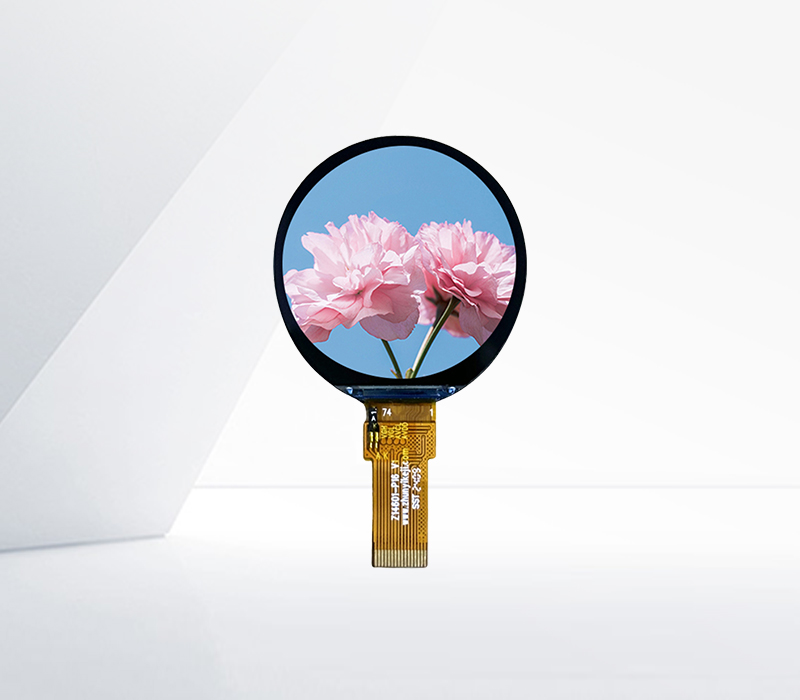




The ergonomic layout of touch panels is essential for ensuring a comfortable and efficient user experience. There are several key principles that should be considered when designing the layout of touch panels.
First and foremost is the principle of accessibility. The touch targets on the panel should be large enough and spaced appropriately to be easily reachable by users' fingers. For example, in a mobile device, the average finger width of an adult is about 10 - 14 mm. Therefore, touch targets should be at least 44 x 44 pixels (in a standard - density display) to ensure easy selection without accidental activation of adjacent targets. This is especially important for applications where quick and accurate input is required, such as in mobile gaming or navigation apps.
The principle of visibility also plays a crucial role. The elements on the touch panel should be clearly visible and distinguishable. This includes using appropriate colors, contrast ratios, and font sizes. For example, in a public kiosk, the text on the touch panel should be large and have a high contrast against the background to be easily readable in different lighting conditions. The layout should also avoid overcrowding the panel with too many elements, as this can make it difficult for users to find the information they need.
The principle of natural movement is another important aspect. The layout of the touch panel should follow the natural movement patterns of users. For example, in a vertical - oriented touch panel, the most frequently used functions should be placed in the lower - middle part of the panel, as this is the area that is most easily reachable by the thumb when holding the device in one hand. In a horizontal - oriented panel, the important elements should be placed within the comfortable reach of the dominant hand.
Consistency is also a key principle. The layout and design of the touch panel should be consistent across different screens and applications within the same device or system. This helps users to quickly learn and adapt to the touch interface. For example, if the "back" button is always located in the upper - left corner of the touch panel in one application, it should be in the same location in other applications to avoid confusion.
